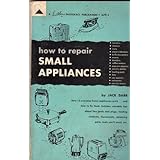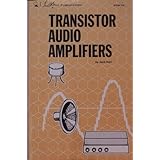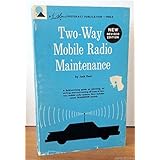ethervalve
Well-known member
Hi all,
After a few of you here gave me some great advice on tweaking my Garnet amp I got thinking about an old, fairly useless tube PA that I have and the idea of gutting it and building a decent guitar amp with as many of its parts as possible.
I was thinking that the Vox AC 10 circuit might make sense because of some similarities with the PA:
-Both use a pair of EL84s for output tubes
-Both use an EZ81 as a rectifier
-Both use an EF86 as a preamp tube
-Both use a 12AX7 as a PI
The only tube difference is the Vox calls for a ECF82 whereas the PA has a 12AU7.
As far as I can tell, provided the existing transformers are usable, the priciest missing part for this conversion would be the 8H 120mA choke in the Vox schematic.
The PA amp's output transformer has 4, 8, 16 ohm taps which would make it a pretty versatile studio amp. (It also has 25v and 70v CV taps which I wouldn't be using)
The PA amp's power transformer has a centre-tapped B+ winding (I get 365VDC at the cathode of the EZ81 with all other tubes removed--the Vox schematic shows 320VDC at the same spot under load).
The filament windings aren't centre-tapped (they don't seem to be in the AC10 schematic either)
back panel
https://drive.google.com/file/d/0B3eNXo7qrc4yZHF5RTRKbEdvMEE/view?usp=sharing
chassis guts
https://drive.google.com/file/d/0B3eNXo7qrc4yTGFRRi03VTFLZkU/view?usp=sharing
pa amp top view
https://drive.google.com/file/d/0B3eNXo7qrc4yaGMwclFTZy1Mb1E/view?usp=sharing
Vox AC10 schematic
https://drive.google.com/file/d/0B3eNXo7qrc4yOVZMZXVxdWpoVDg/view?usp=sharing
Does this seem like a sane first tube amp project?
After a few of you here gave me some great advice on tweaking my Garnet amp I got thinking about an old, fairly useless tube PA that I have and the idea of gutting it and building a decent guitar amp with as many of its parts as possible.
I was thinking that the Vox AC 10 circuit might make sense because of some similarities with the PA:
-Both use a pair of EL84s for output tubes
-Both use an EZ81 as a rectifier
-Both use an EF86 as a preamp tube
-Both use a 12AX7 as a PI
The only tube difference is the Vox calls for a ECF82 whereas the PA has a 12AU7.
As far as I can tell, provided the existing transformers are usable, the priciest missing part for this conversion would be the 8H 120mA choke in the Vox schematic.
The PA amp's output transformer has 4, 8, 16 ohm taps which would make it a pretty versatile studio amp. (It also has 25v and 70v CV taps which I wouldn't be using)
The PA amp's power transformer has a centre-tapped B+ winding (I get 365VDC at the cathode of the EZ81 with all other tubes removed--the Vox schematic shows 320VDC at the same spot under load).
The filament windings aren't centre-tapped (they don't seem to be in the AC10 schematic either)
back panel
https://drive.google.com/file/d/0B3eNXo7qrc4yZHF5RTRKbEdvMEE/view?usp=sharing
chassis guts
https://drive.google.com/file/d/0B3eNXo7qrc4yTGFRRi03VTFLZkU/view?usp=sharing
pa amp top view
https://drive.google.com/file/d/0B3eNXo7qrc4yaGMwclFTZy1Mb1E/view?usp=sharing
Vox AC10 schematic
https://drive.google.com/file/d/0B3eNXo7qrc4yOVZMZXVxdWpoVDg/view?usp=sharing
Does this seem like a sane first tube amp project?







